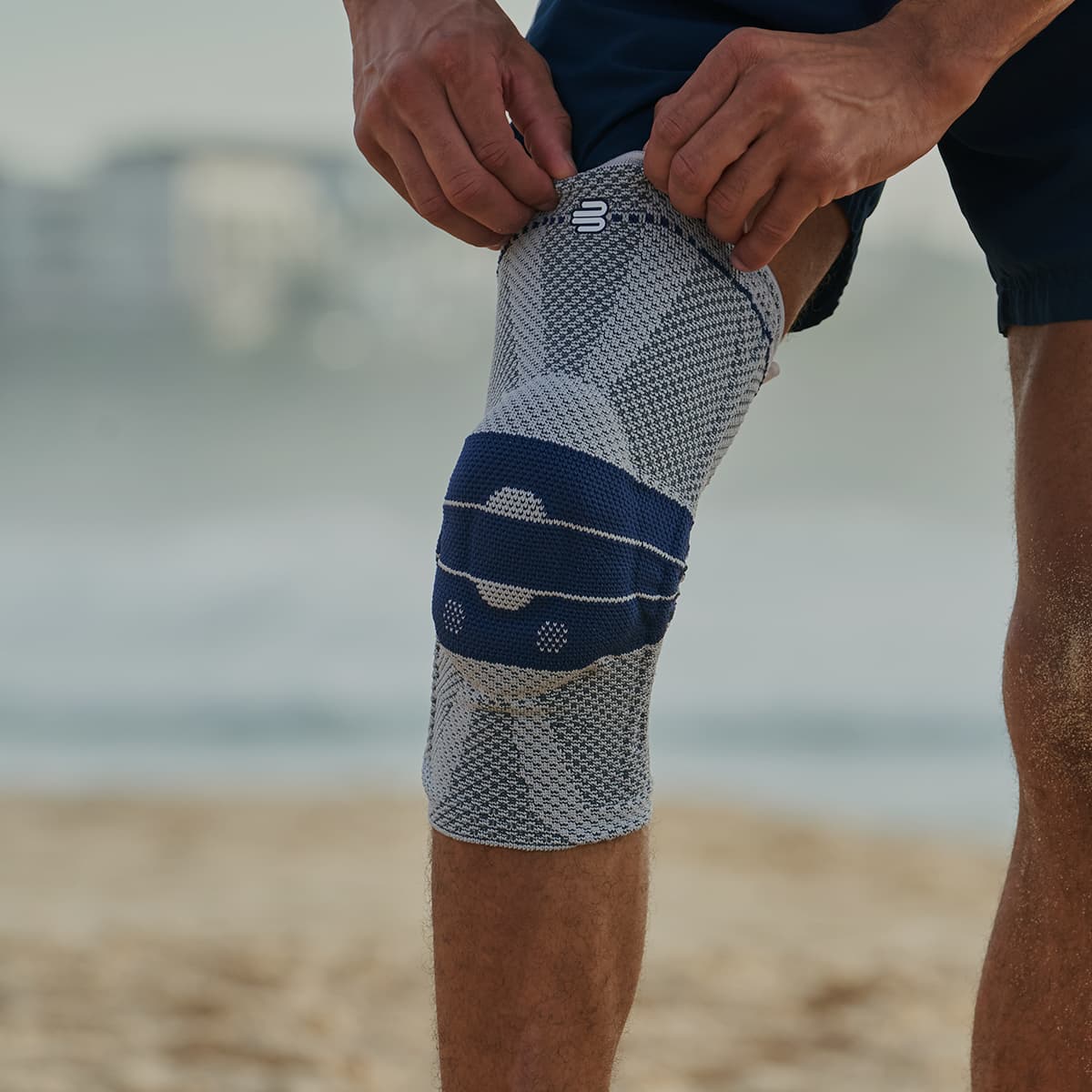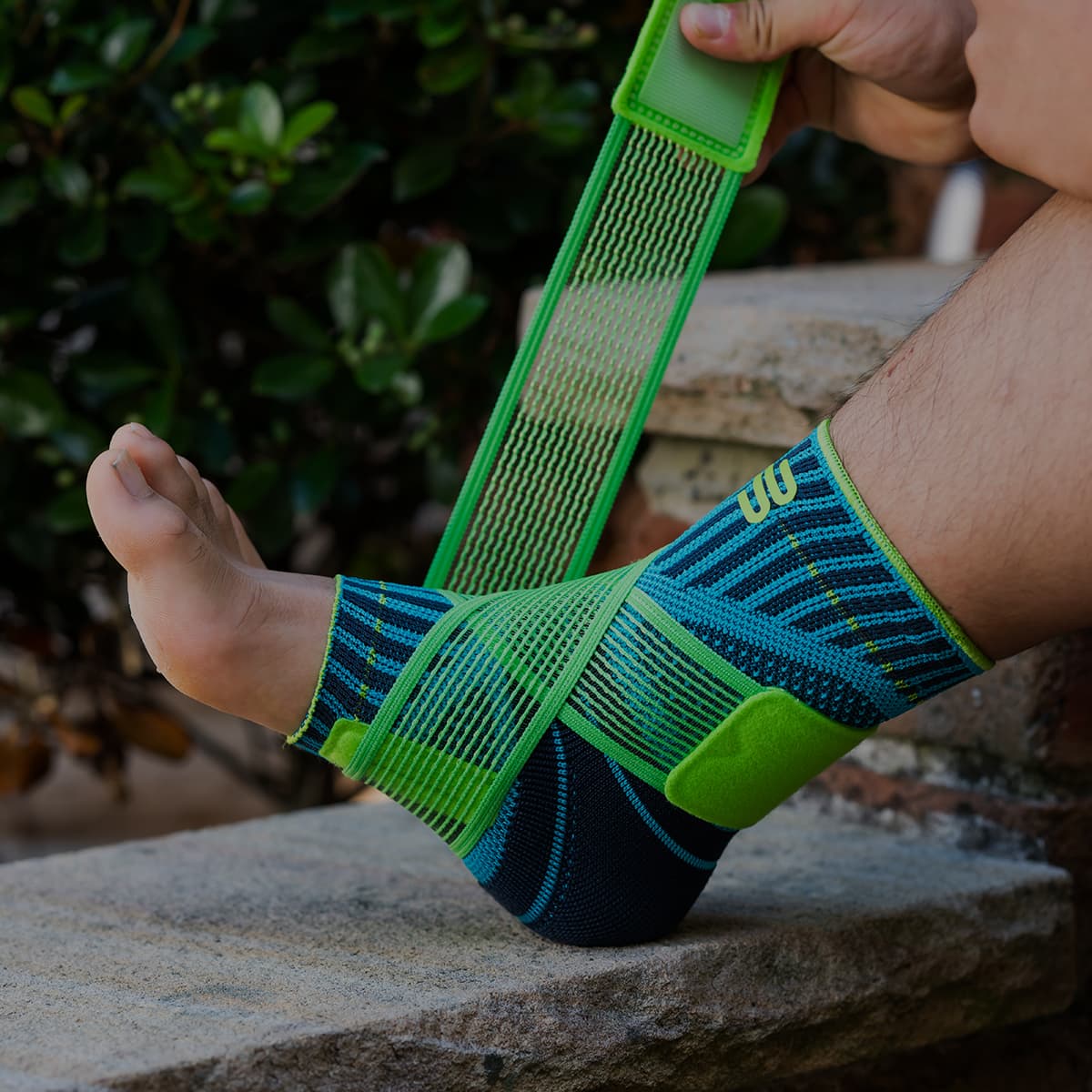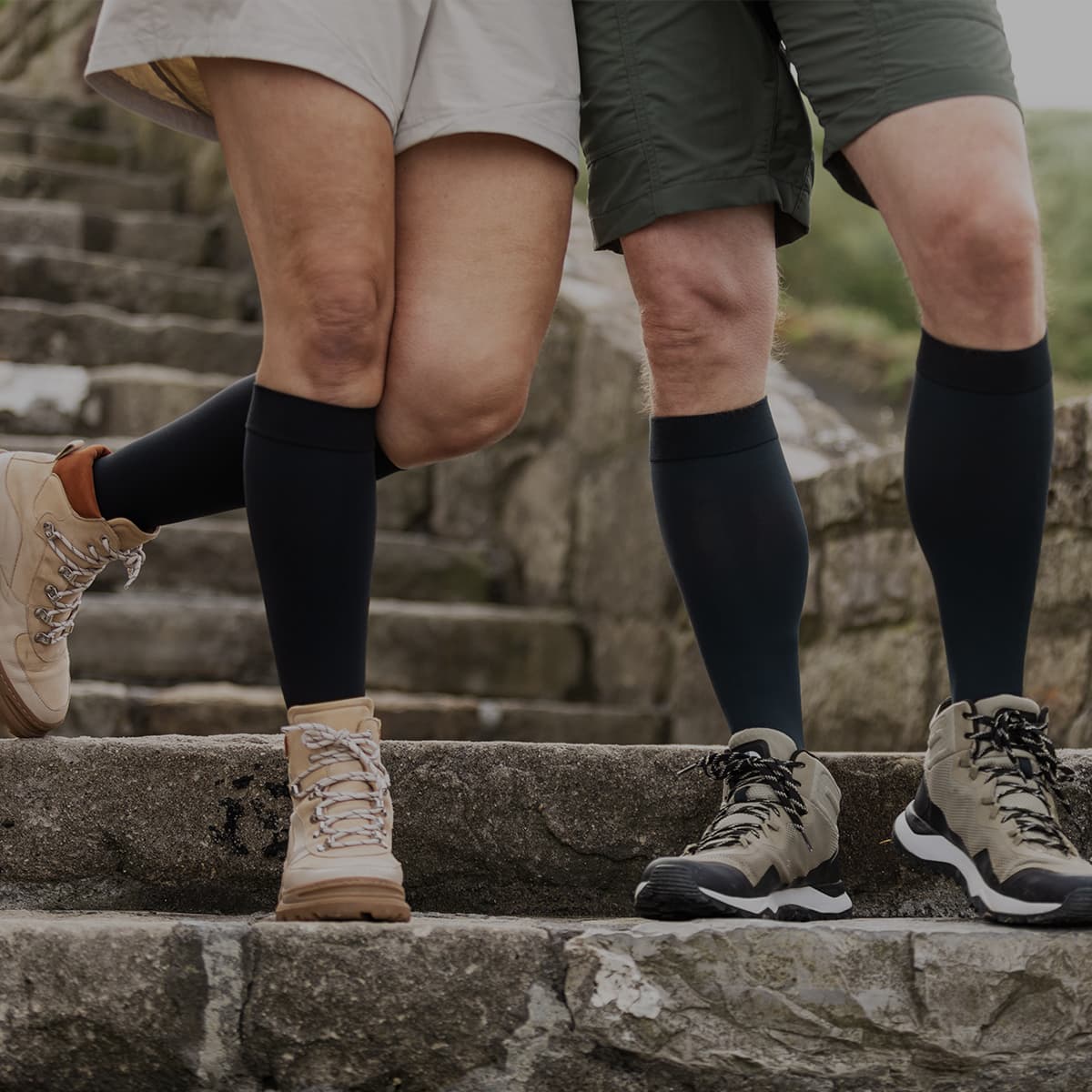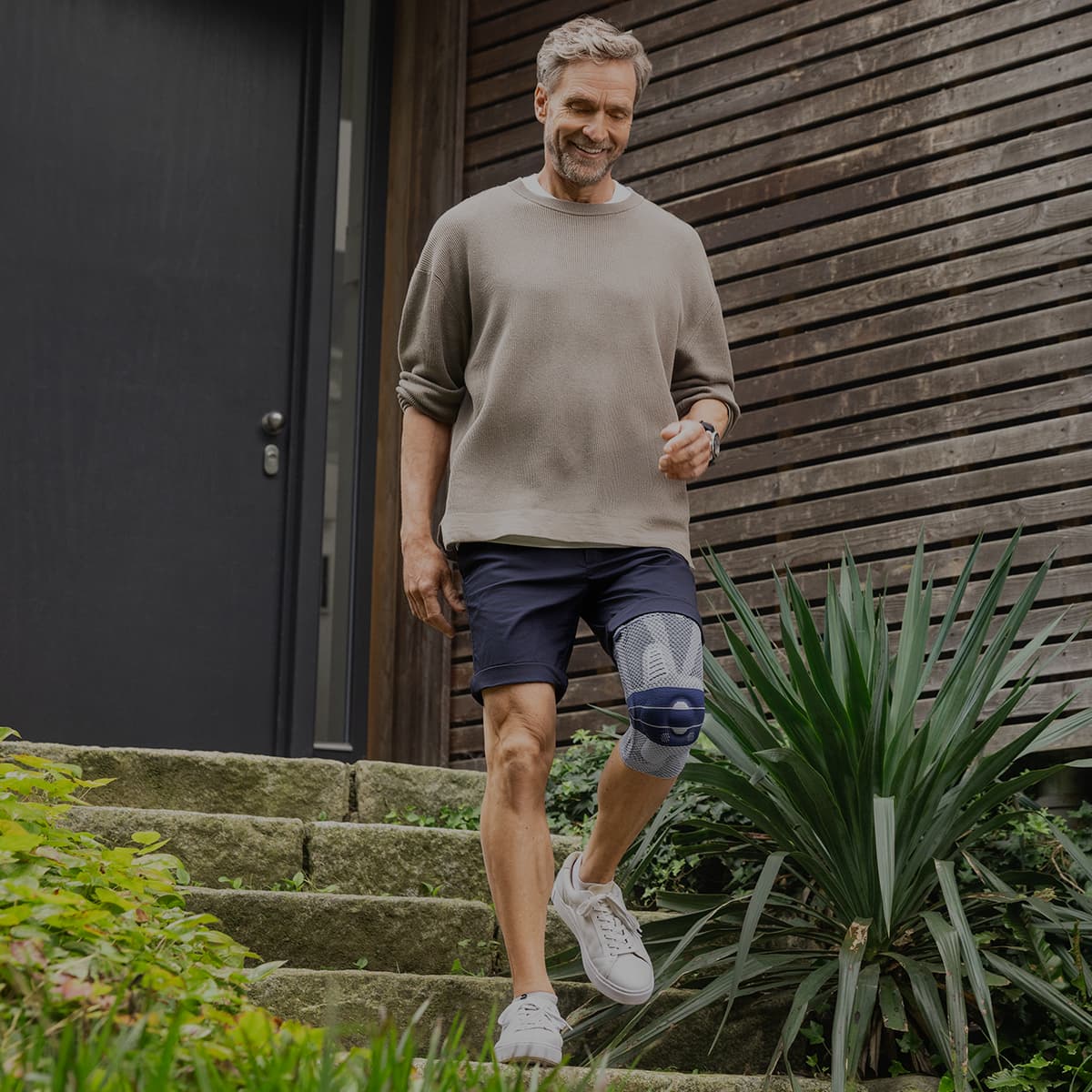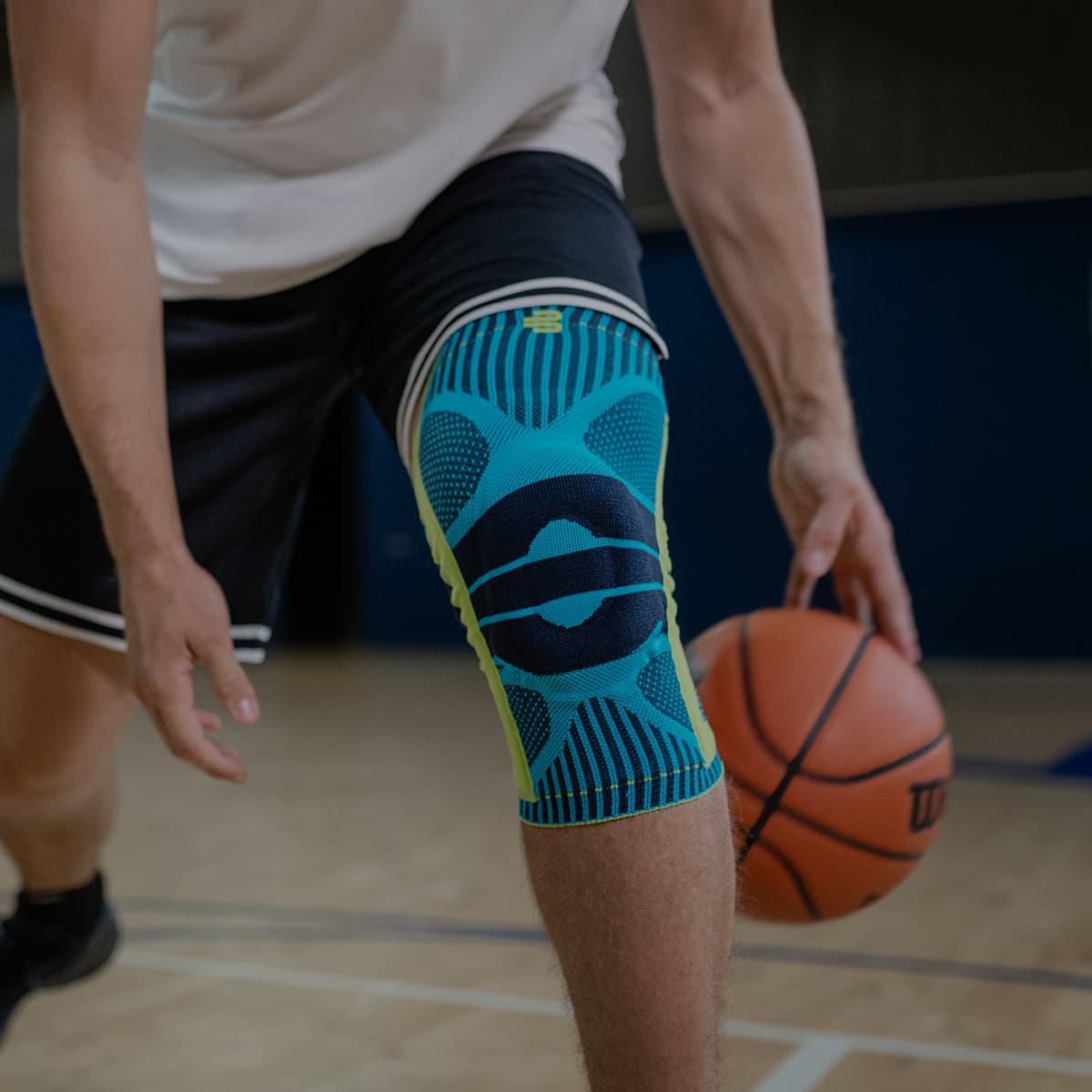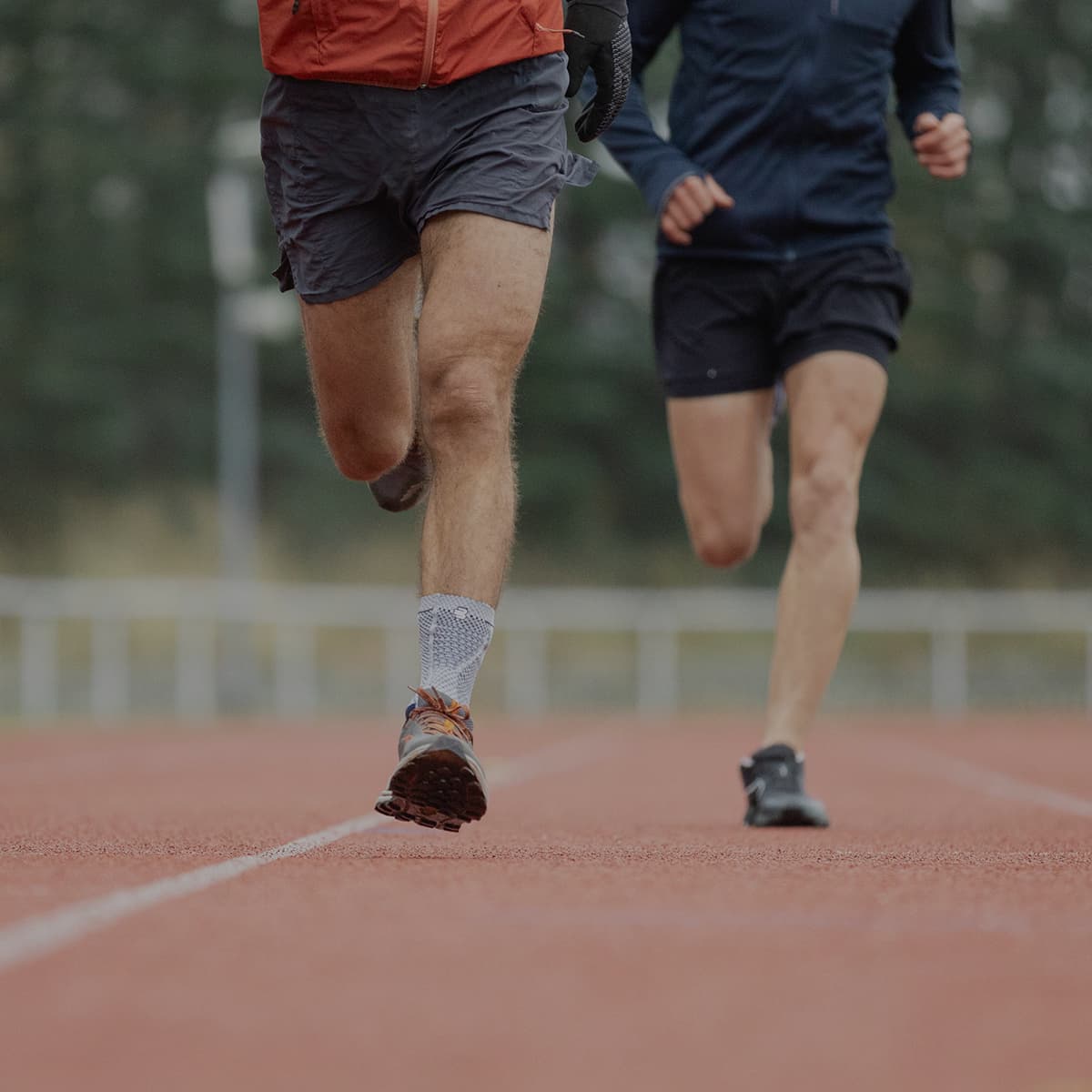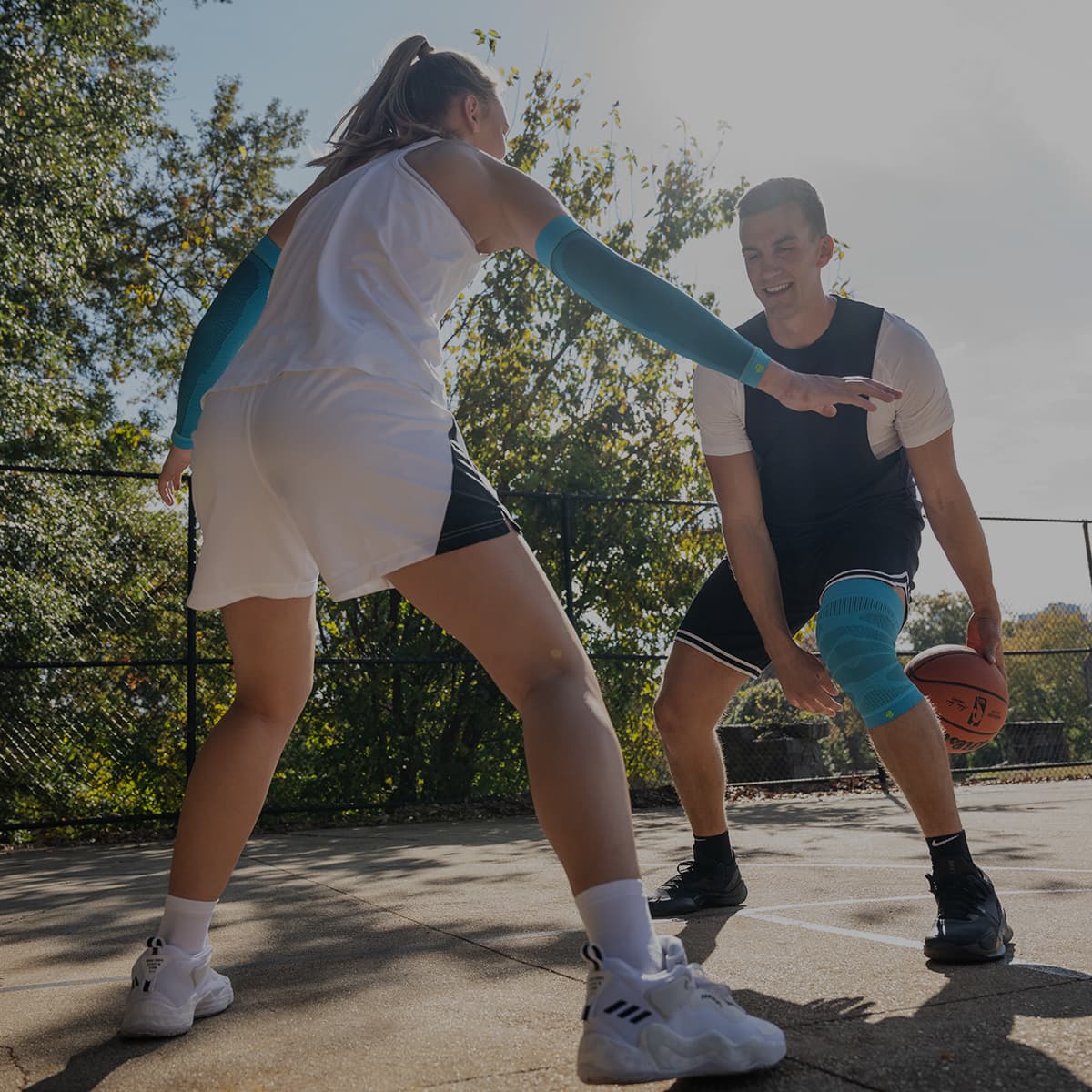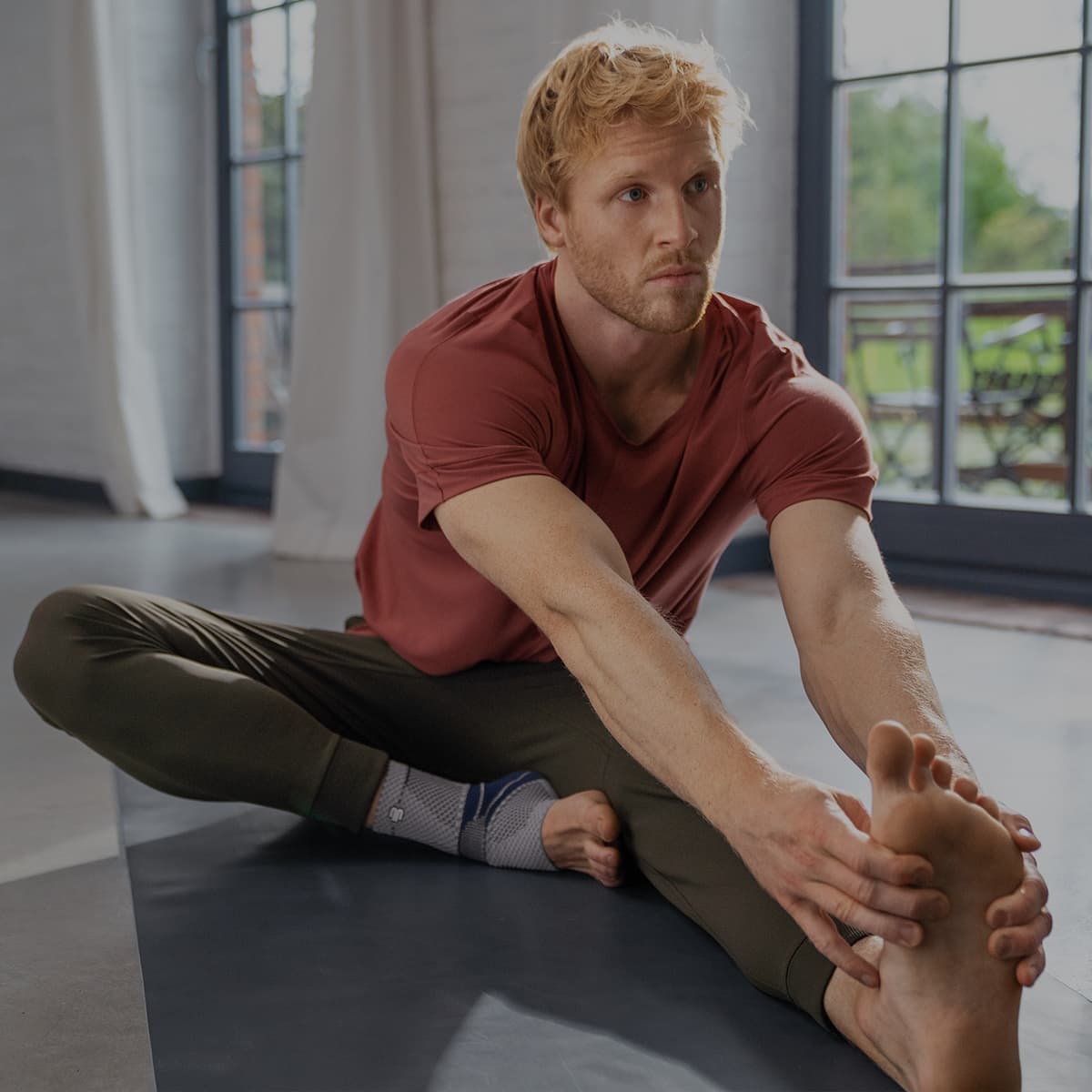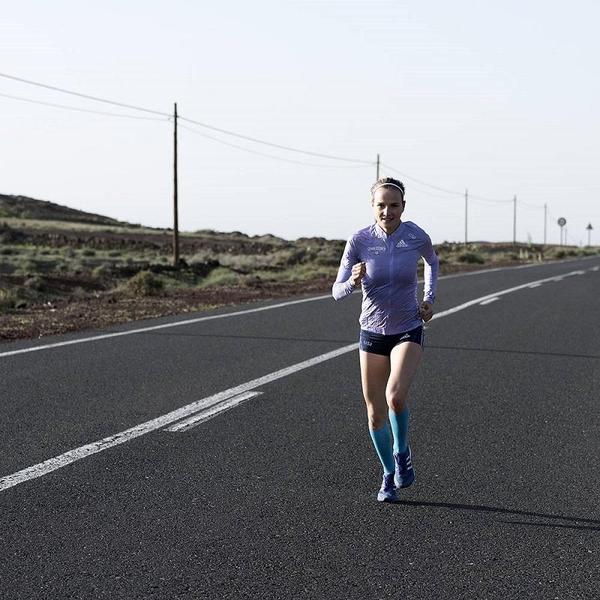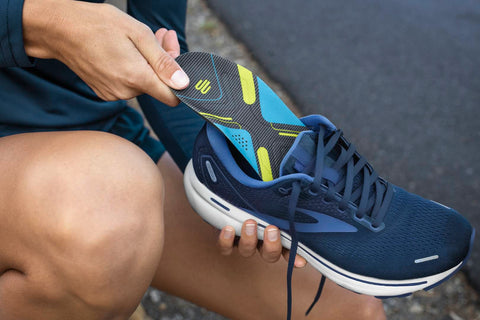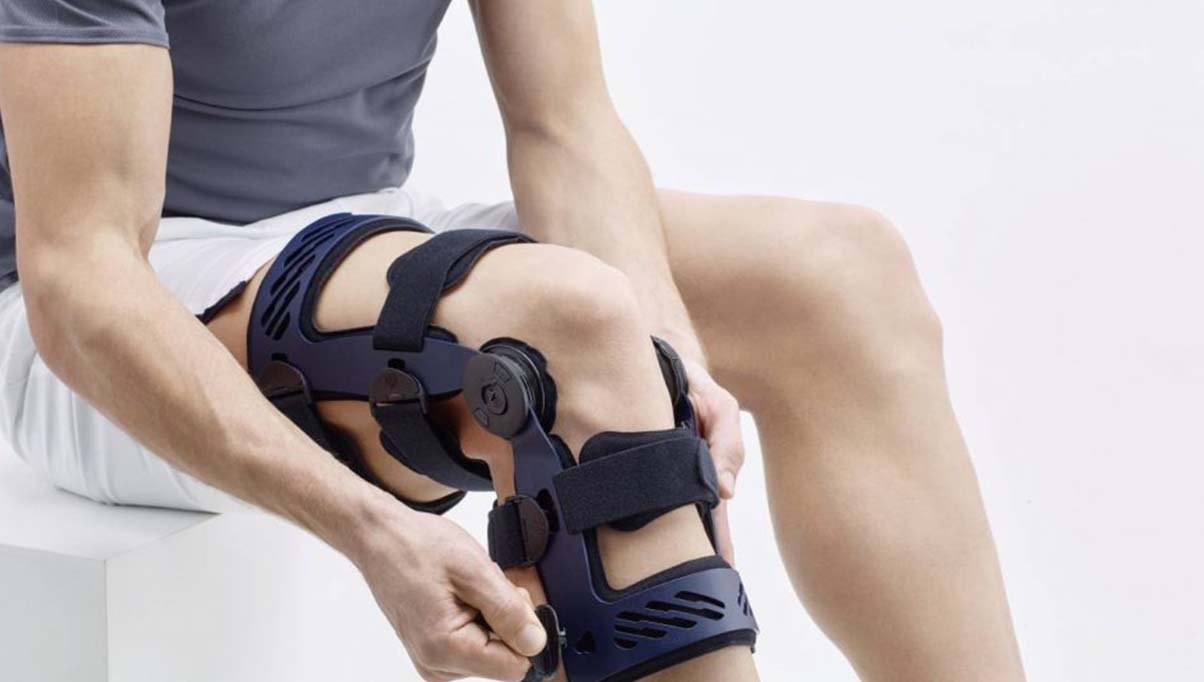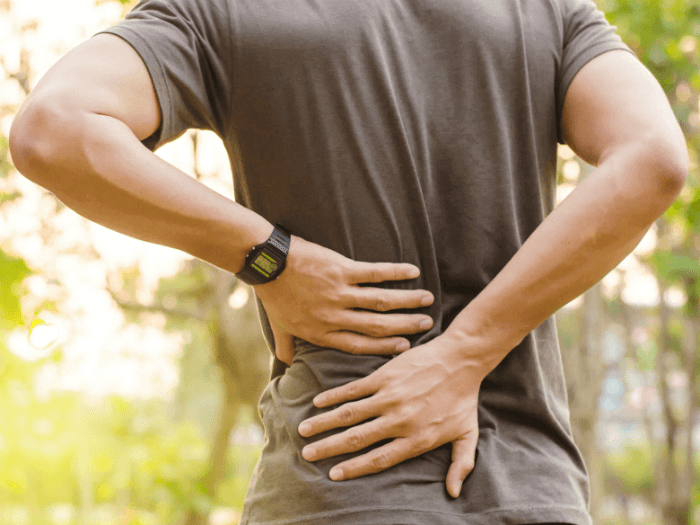The advantages of running are obvious: you need almost no equipment, it can be done on your own schedule - and you can spend some time outside in nature. Through the release of serotonin and dopamine, running has an antidepressant effect and strengthens the body and soul at the same time.
But no matter how well you run or how much you love it, If you are returning to running after a long break, it's important to take a few extra precautions to avoid injury. Below are some valuable tips for a relaxed return.
EASE BACK INTO IT
If you've decided to take up running again after a break of several weeks or even months, firstly, congratulations! You have already made the most important step! Now it’s time to put on those running shoes and do your first few careful laps.
The most important thing to remember is: Start slowly! Your cardiovascular system will adapt to increased physical strain quite quickly. Your body’s support system of bones, muscles, tendons and ligaments, however, will take much longer to adapt to the change. This means that the risk of injuries is particularly high at first.
The first few runs after a break are the hardest. The challenge here is to keep it up and conquer your weaker self.
The best strategy is not to work out too intensely but to work out on a regular basis. If you exercise every two or three days, you will get back into the “flow” quite quickly, and you will be able to significantly increase the length of your workouts after just a few weeks.
TIPS TO KEEP YOU GOING IN THE FIRST FEW WEEKS
1. Friends
Seek support if you know that making it through the first few weeks of training on your own will be a struggle. A friend who also wants to exercise can be a real lifesaver here. The advantage: You are going through the same thing and can relate to each other perfectly. This means that you can motivate and support each other when you are struggling.
2. Measure with a running watch
Set yourself measurable goals for self-motivation. This may be a particularly good time, a new personal distance record, or even just running a few minutes more without taking a break. A running watch will also help you keep an eye on your heart rate and reduce the risk of pushing yourself beyond your physical limits.
3. Listen to music
Listening to music while running is kind of a controversial issue. While some runners swear by a “pure” running experience and find music distracting, others are inspired by the sound of their favourite songs and may even perform a little better than they could in silence. There are even certain scientific indications that music improves physical endurance.
If you are among those who love exercising with music, you can use a smartphone, MP3 player, or even the running watch itself as a motivational aid to playing your favourite songs when you need them the most to give you that extra boost. Or, if you prefer to be distracted by a story, you could try listening to a podcast or audiobook.
4. Stick to a routine
We are creatures of habit! We love to set rituals that we can cling to in our hectic everyday lives. You can use this effect to stay on the ball with your running training. Run on fixed days and at fixed times.
5. Rewards
Running sessions are often tough and can feel like “work” (which they are for your body, after all). So, it can make sense to “run towards” something nice and rewarding, just like you would anticipate a vacation from work. This could be a tasty smoothie or a piece of chocolate after the running session. Please remember: You should reward yourself as soon as possible after a workout so your brain will link running with the reward and increase your motivation in the future.
THE PERFECT GEAR FOR YOUR RUNNING RE-START
Having the right gear to aid and support your return to running can help prevent injury and speed up recovery with any niggles you may feel.
Run Performance Insoles
These insoles will cushion your footstrikes and support the natural roll of your foot to protect it from damage. The sensorimotor spots, meanwhile, will stimulate the foot muscles and improve proprioception.
Calf Compression Sleeves
Compression knit has a ton of benefits for runners. Its muscle-activating and circulation-boosting properties fight muscle fatigue, reduce oscillations (these being the uncomfortable vibrations shooting up the leg when your foot hits the ground), and even speed up the recovery process.
HOW TO GET BACK INTO RUNNING SUCCESSFULLY
You will be surprised: The first few running sessions after an extended break don't actually involve running. Instead, you should walk briskly for 20 to 30 minutes. This applies even to experienced runners since the rule of thumb is that getting your body back to its old performance level will take at least as long as the time you took off.
The advantage of walking: Walking puts much less strain on your joints than running since you always have one foot on the ground, as opposed to running, where your body “lands” with its full weight. You are still burning calories and getting your cardiovascular system going.
RUN AND WALK USING THE "GALLOWAY METHOD"
After four or five sessions, you can move on to alternating between walking and running. The principle of alternating between stretches of running and walking goes back to the former world-class runner Jeff Galloway from the US, so the method is known as the “Galloway” or “Run and walk" method.
The inventor of the method ran more than 100 marathons this way and achieved quite remarkable times. The main advantages of the method include a reduced risk of injury, a better running pace and quicker recovery. This makes the method ideal not only for beginners but also for experienced runners.
Depending on your experience and physical condition, walking may even take up the lion's share at first. Galloway's books specify a particular ratio between running and walking for a variety of different running speeds. For a brisk speed of 4:20 minutes per kilometre, he suggests six minutes of running and 30 seconds of walking. For a relaxed speed of 8 minutes per kilometre, you may even choose a balanced ratio: one minute of running followed by one minute of walking.
RECOVERY IS KEY
This is true for almost any form of exercise, including running: progress happens between workouts, not during them. This means that thorough recovery is a must, especially if you are a beginner (or getting back in the swing of things). Factor in at least one day of rest between your workouts. After one month, you can also take off an entire week for recovery.
All the “classics” regarding recovery also apply, of course: drink enough, eat a healthy diet, and get plenty of sleep. This allows your body to replenish its energy reserves and increase your performance gradually.
To sum up
Returning to running is great! However, you should take some precautions to make sure you’re safe and motivated. Keep in mind it will take the same amount of time to get to where you were as you took off, wear running supports to give your joints extra protection (and give yourself a performance boost), and find ways to make your runs more fun.
MORE INFORMATION
If you require assistance selecting the right product for your needs or wearing the brace, call us on 098015660 or contact us via live chat.
Do you have private health? Most private health extras will cover Bauerfeind Products. Check to see if yours is included. Bauerfeind Private Health Insurance Inquiry.
Bauerfeind was founded in 1929, and since then, we've worked tirelessly to develop and improve our extensive range of braces, insoles, and compression products. Our mission is to provide you with top-of-the-line supports so you can reach your fitness goals or live life without pain holding you back.
Every product is produced entirely in our facilities in Germany with the guidance of doctors, clinics, and orthopaedic technicians.

